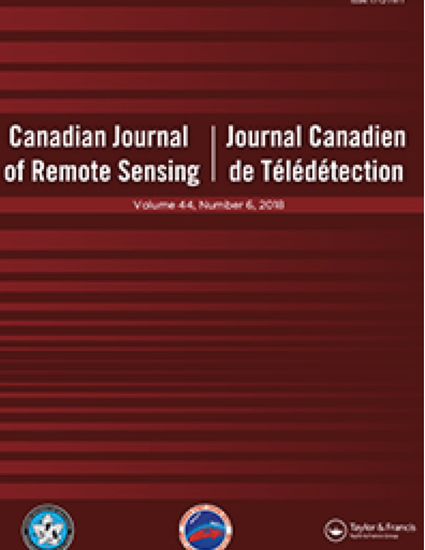
Article
Use of Color Infra-Red Photography in the Delineation of Wetlands Vegetation in a Texas Gulf Coast Watershed
Canadian Journal of Remote Sensing
(1980)
Abstract
Color infra-red photography at a scale of 1:12,000 flown in September 1975 was used as an aid in mapping wetlands vegetation in the Little Robbins Slough watershed of coastal Texas. This mapping was to serve as a baseline for long-term monitoring of subtle changes in the wetlands system. A Bausch & Lomb Model ZT4 Transfer Scope was used to facilitate mapping at a scale of 1:6,000. Vegetation types were assigned on the basis of life-form differences and subtypes on the basis of compositional differences. Infra-red colors and textures, together with life-form information and ground reconnaissance, were used to identify vegetation types, subtypes and species. Signatures were obtained for 22 species or species combinations. Assignment of several sets of color/texture combinations was required for plant species occurring under a variety of substrate conditions. There was a general increase in complexity of vegetation from brackish to fresh wetlands. The minimum sized area mapped was 0.04 ha and the minimum width was 9 m. A distinct zone of vegetation, dominated by Spartinae spartinae, described the wetlands/uplands interface. The utility of joint occurrence data for identifying species of low abundance in complex freshwater subtypes was recognized.
Disciplines
Publication Date
1980
DOI
https://doi.org/10.1080/07038992.1980.10854998
Citation Information
Terry L. Sharik. "Use of Color Infra-Red Photography in the Delineation of Wetlands Vegetation in a Texas Gulf Coast Watershed" Canadian Journal of Remote Sensing Vol. 6 Iss. 2 (1980) p. 75 - 85 Available at: http://works.bepress.com/terry_sharik/159/
